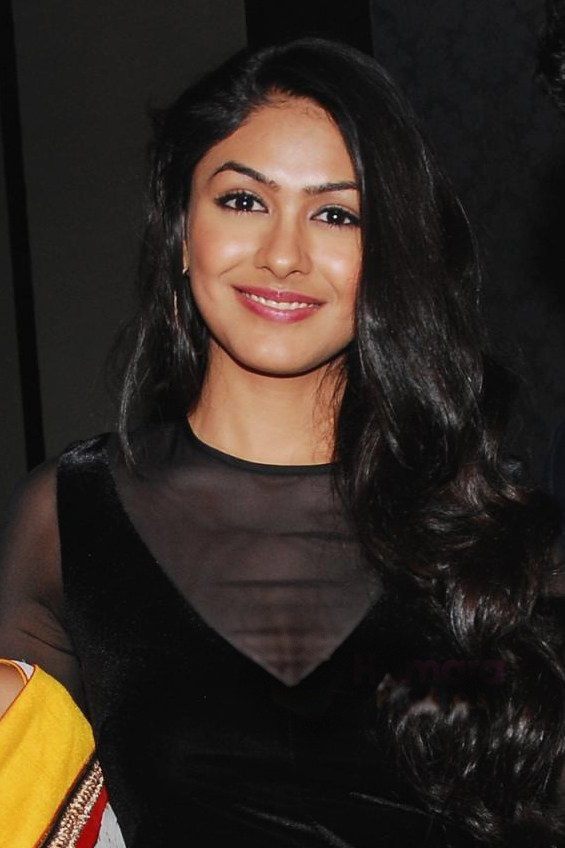The Global Phenomenon of Labubu Dolls: A Cultural Craze Explained

In recent months, Labubu dolls have emerged as a remarkable cultural phenomenon, captivating children and adults alike across the globe. Originally launched by the Chinese toy company Pop Mart, these customizable dolls, often described as 'monster elves,' have transitioned from niche collectibles to mainstream fashion accessories, significantly impacting the toy market and consumer behavior. This surge in popularity can largely be attributed to endorsements from global celebrities, particularly K-pop star Lisa from Blackpink, who was first seen sporting Labubu accessories in April 2024.
According to Alexander DePaoli, an Associate Professor of Marketing at Northeastern University, "The Labubu dolls appeal lies in their unique aesthetic—they are cute yet slightly unconventional, which makes them intriguing to consumers. This duality allows them to serve not only as toys but also as fashion accessories, enhancing their desirability." DePaoli's insights, shared during an interview with GBH’s Henry Santoro, highlight the dolls' versatility as both playthings and decorative items, a factor that distinguishes them from traditional toys.
The Labubu craze began to gain traction in the West following Lisa’s endorsement, which sparked widespread media interest and social media chatter. In fact, TikTok has been instrumental in popularizing these dolls, with countless unboxing videos showcasing their quirky designs and customizable features. The hashtag #Labubu has garnered millions of views, demonstrating the dolls' viral potential. The brand's sales figures reflect this explosive growth; in 2024 alone, Labubu dolls generated approximately $1.8 billion in revenue, with only 40% of sales occurring outside China, indicating substantial room for further international expansion.
DePaoli notes that the Labubu dolls are part of a broader trend where toys evolve into fashion statements. He compares them to previous fads like Beanie Babies and Cabbage Patch Kids but underscores their functional appeal. "Labubu dolls serve as more than just toys. They are accessories that can be attached to bags or used as keychains, giving them a practical edge that enhances their staying power in the consumer market," he explains.
The dolls' design, characterized by a fuzzy texture and whimsical features, appeals to a wide demographic, including teenagers and young adults who seek unique personal expression through their accessories. This broad appeal is further bolstered by celebrity endorsements from notable figures such as Dua Lipa and Rihanna, who have also been spotted with Labubu dolls, thus solidifying their status in popular culture.
As the Labubu craze continues to evolve, experts speculate on the future of such trends in consumer culture. DePaoli suggests that while fads can be fleeting, the multifunctionality of Labubu dolls may provide them with a more sustainable market presence. "Unlike traditional toys that often fade from popularity, Labubu dolls' dual role as both toys and accessories may help them maintain relevance longer," he asserts.
In conclusion, the Labubu phenomenon represents a significant cultural shift in how toys are perceived and consumed. Fueled by social media and celebrity endorsements, these unique dolls are not merely a passing trend; they reflect deeper changes in consumer behavior and the blending of play and fashion. As the market for Labubu dolls expands, it will be interesting to observe how this trend influences future toy designs and consumer expectations in an increasingly interconnected world.
Advertisement
Tags
Advertisement





